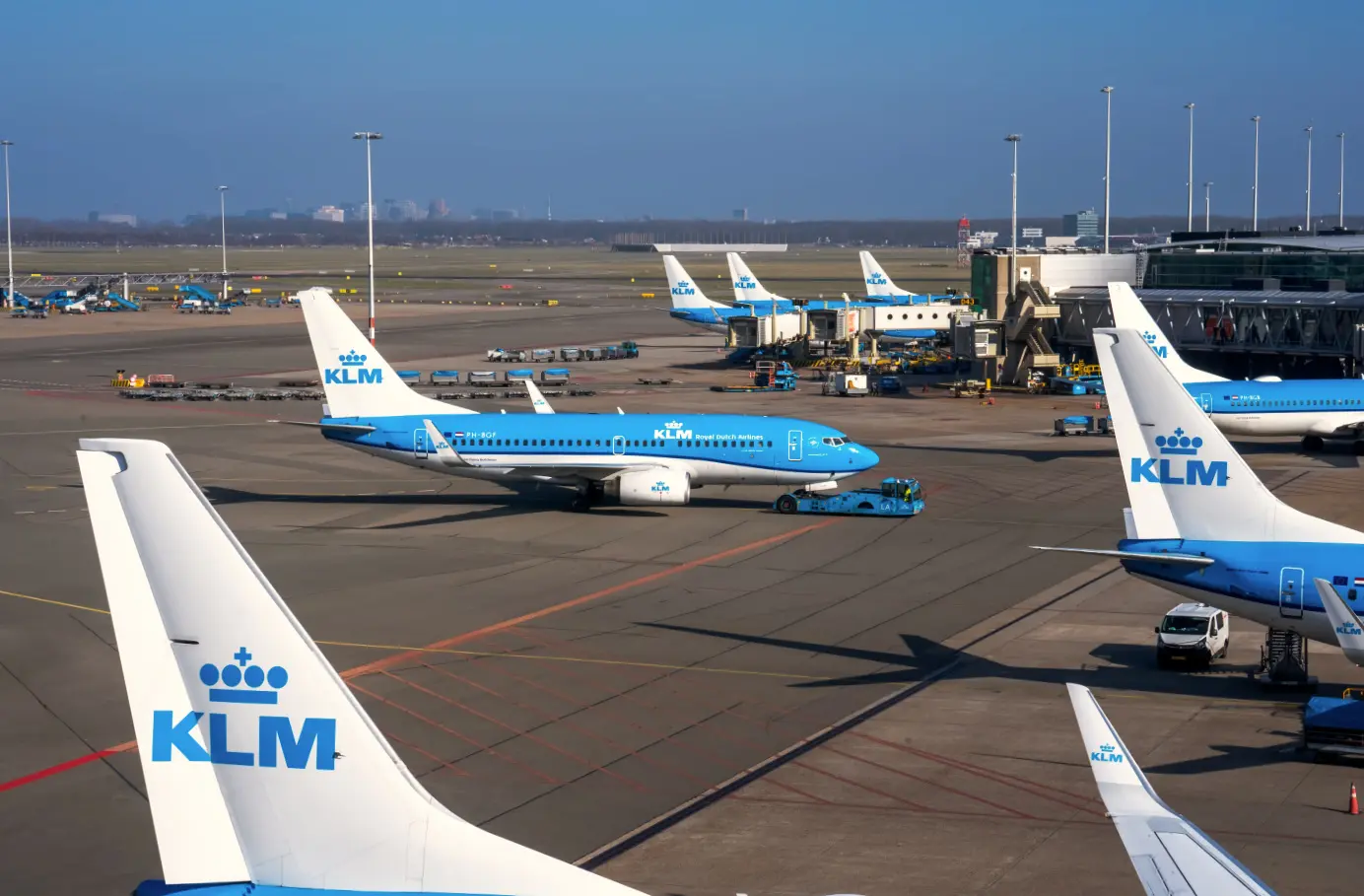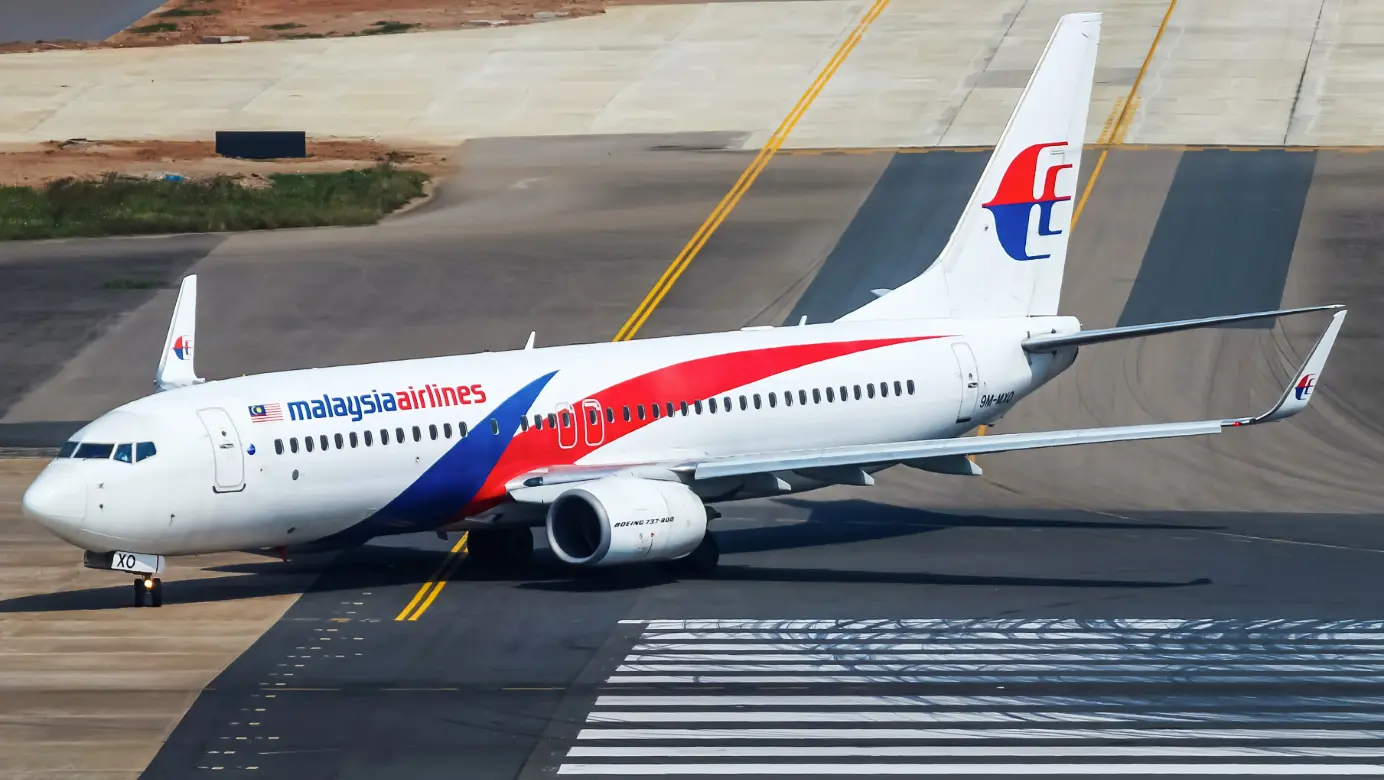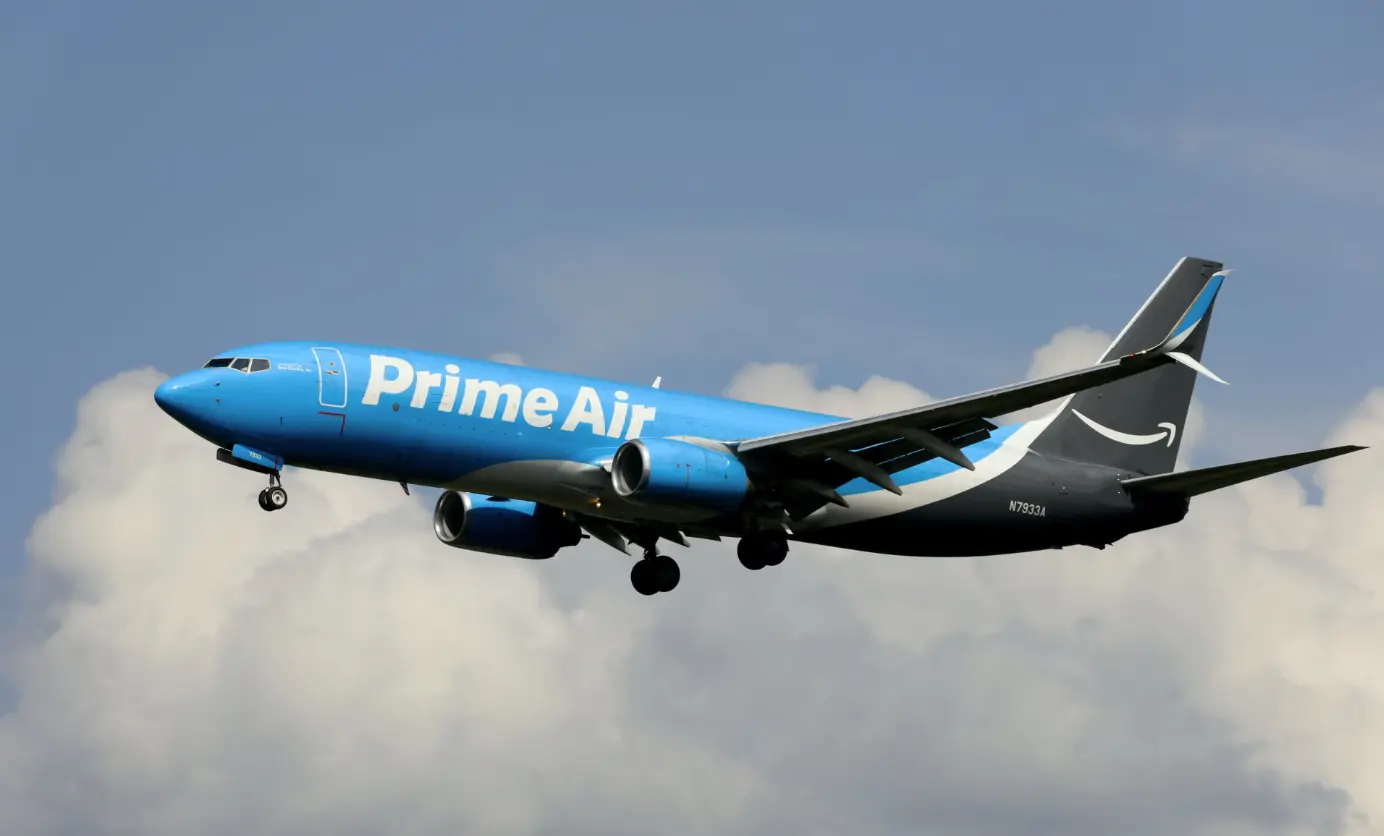
Why Is the Boeing 737 so Popular?
Learn what made the Boeing 737 one of the most popular airplanes in the world and how its evolution contributed to maintaining this high position.
Table of Contents
Every five seconds, a Boeing 737 takes off from one of many destinations worldwide. Since the model's introduction into service in 1968, Boeing has produced more than 11,000 aircraft in this series, placing it second on the list of the world's best-selling airplanes, only beaten by the small Cessna 172.
What makes Boeing so popular, and how does the Boeing company differentiate its products from its market competitors? Keep reading to find out all the answers to the question, "why is the Boeing 737 so popular?"
How Did The Boeing 737 Become One Of The World's Most Popular Aircraft?
First taken to the skies in 1967, the Boeing 737 is one of the most successful and longest-running aircraft series to date. More than 50 years after its initial launch, the 737's popularity makes it one of the most successfully selling planes in history.
Boeing's 707 model was one of the first commercial aircraft to have been successful for airlines and customers just as the jet age was beginning. Building on the 707 success, Boeing released the new and improved 727 models, which boasted a more powerful three-engined design and quickly became popular.
However, it was the Boeing 737 that would take the global center stage when it was released in the 1960s. At this time, the market's focus was shifting to more economical forms of flight travel. Building on the success of their previous aircraft, Boeing was able to develop a new twin-engine model.

And Boeing's 737 success came right from the start when they launched this revolutionary design that blew away its competitors. Thanks to their success with the 707 and 727 models, Boeing already had a strong reputation and solid customer base, which they could work to expand. This was the first crucial element underlying the success of the Boeing 737.
Naturally, Boeing was not the only company developing twin-engine designs that they hoped would revolutionize the market. Their competitors, such as the Douglas DC-9 and the BAC's One Eleven, were hot on their heels. What made Boeing so favored was its products offered several defining factors.
One of the key differences between the 737 and its competitors of the time was that it positioned the engines under the wing. At the same time, many other manufacturers kept them at the rear of the fuselage. This innovation improved the safety, aerodynamics, engine noise, and ease of maintenance, which is why you will see that most of today's aircraft place their engines beneath the wing. This design choice significantly contributed to the success of the Boeing 737.
Placing the engines under the wing offer several key advantages. It provides structural strength and a more central center of gravity for the aircraft, allowing more freedom in payload management. Engines underneath the wings also reduce wing flutter and high-frequency vibrations, as the heavy engines provide a dampening effect. Safety is also improved as the engines are further away from the cabin in an emergency. And when maintenance work is required, an engine closer to the ground is far easier for workers to access.
But the airlines primarily focused on another critical benefit of the 737's engine placement. Moving the engines from the tail to under the wings meant the fuselage could be made wider. Boeing could therefore offer the 737 with higher passenger capacity.
In addition, the size of the Boeing 737 also has something to do with its success. On routes like New York to London, thousands of seats can be sold each week, while on others, like Columbus, Ohio, to Minneapolis, a smaller number of seats can be sold. Larger jet airliners struggle to turn a profit on smaller routes, while a smaller jet like the 737 fares better on low-volume routes. Larger aircraft like the Boeing 777 or Airbus A330 are more expensive to acquire, run and maintain.
Budget airlines favor the Boeing 737 (and the competitor Airbus A320) because it is cheaper, minimize fleet diversity, and can be used on more routes than any other Boeing or Airbus aircraft (except the A220). Budget airlines are also known for placing high-volume orders for aircraft, and Southwest Airlines alone operates more than 700 Boeing 737s.
Why Has Boeing Sold So Many Of Its 737 Models?
The differences in design were what really separated Boeing from its competition. The 737 could provide one of the safest and most fuel-efficient flights of the time while catering to the needs of its customers.
Since then, Boeing's continuous efforts to upgrade and revolutionize the 737 have kept it at the forefront of the market. Boeing has produced the 737 family since 1967, and sales like those pile up.

Another factor that has contributed to the success of the Boeing 737 is its popularity among pilots. Thanks to the continuous series of improvements to the 737, they are one of the most popular among pilots.
Pilots must undertake extensive training before flying a commercial plane, taking time to familiarize themselves with the aircraft systems and how to operate them. Once they complete initial training, they must undertake a type rating course, allowing them to operate one specific aircraft type. To fly a new aircraft, pilots need comprehensive and expensive further training.
Boeing has sold so many of its 737 series thanks to meeting the demands of airlines and pilots. However, the Boeing 737 MAX crisis has affected Boeing's reputation in recent years.
What Do Airlines Find Attractive About The Boeing 737?
Considering how many Boeing 737 are still in operation today, you might ask why the Boeing 737 is so popular. The simple answer is that it's one of the most appealing plane models for airline companies across the globe.
A combination of passenger configuration, performance, and range make this a popular choice with airlines. And much of Boeing's success lies in listening to both the marketplace and its customers.
Airlines find the Boeing 737 model attractive because the design incorporates the latest technology into a fuel-efficient design that minimizes cost and maximizes profit. At the same time, Boeing also creates products with the passenger in mind, maximizing cabin space and developing their planes to provide comfort for passengers.
With four different generations since the 737's initial launch in the 1960s, the 737 is a plane that has evolved over time, upgrading internal systems based on the latest technologies and increasing fuel efficiency. And every new model in the series has continued to reflect customer demands within its designs.

These consistent upgrades have been the single most crucial factor in the extended popularity of the 737 models. Along the way, Boeing has made multiple changes to improve the 737, including enhanced wing design and the introduction of winglets, extended fuel capacity, increased seating, and more efficient engines.
These changes have been necessary for Boeing to maintain its popularity against fierce competition from the European Airbus A320. The latter of these companies knocked the Boeing 737 from its number-one spot of the world's best-selling airplanes following two fatal crashes in 2018 and 2019.
Even with the fatalities of 2018 and 2019 (and the following 20-month grounding to carry out necessary design changes and training updates), the Boeing 737 is still one of the most popular aircraft models today.
Final Thoughts
The popularity of Boeing's 737 comes from continued demand from airlines, customers, and pilots. While a number of manufacturers continue to offer new products to the market, Boeing has been successful at giving the industry exactly what it wants.
For every upgrade Boeing makes to the 737 range, the aircraft gains greater fuel efficiency and a more comfortable passenger experience. The foundations of Boeing's success story were built on the trust created by their early models and sustained through several evolutions that continue to provide their clients with a perfect balance of what they want.
Planenerd Newsletter
Join the newsletter to receive the latest updates in your inbox.






